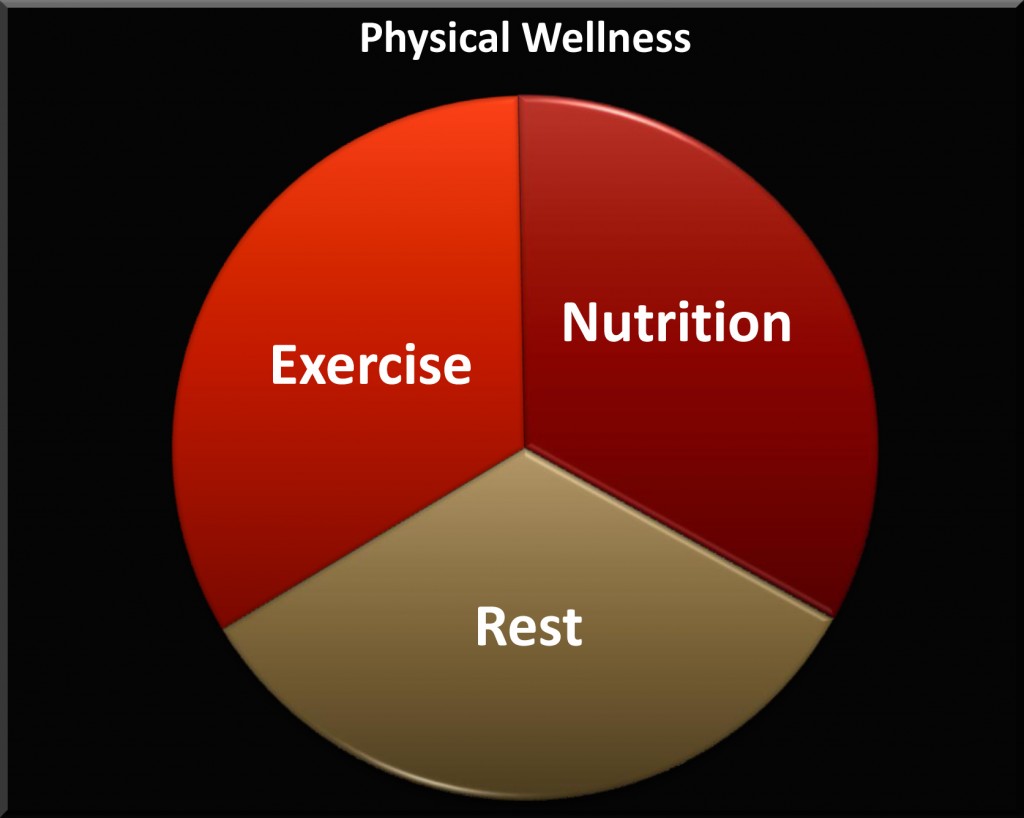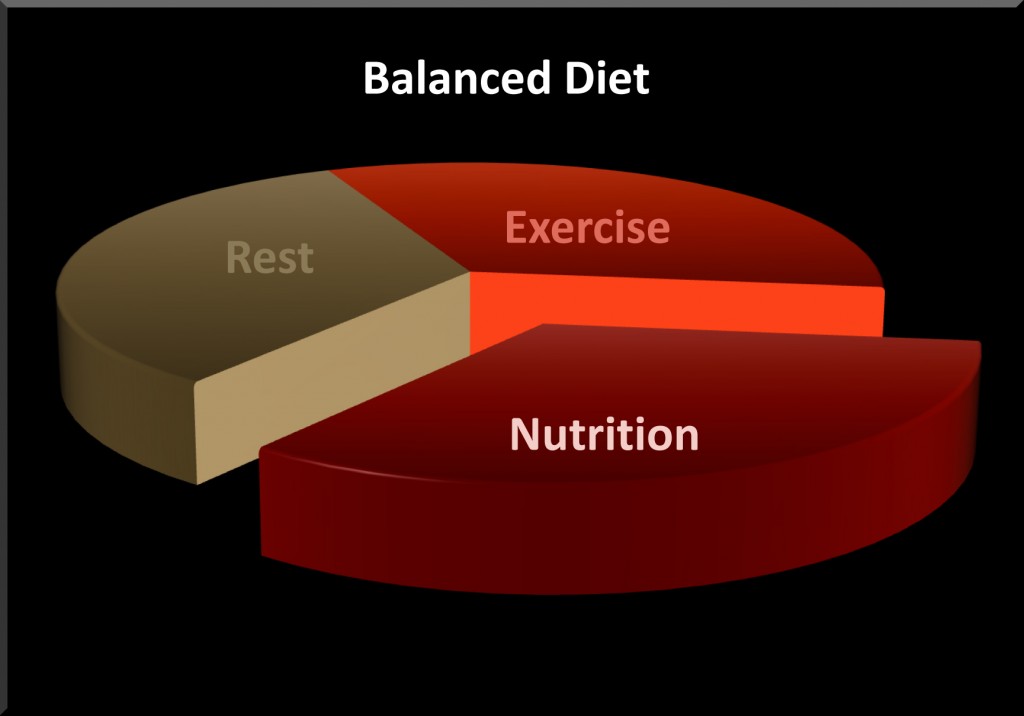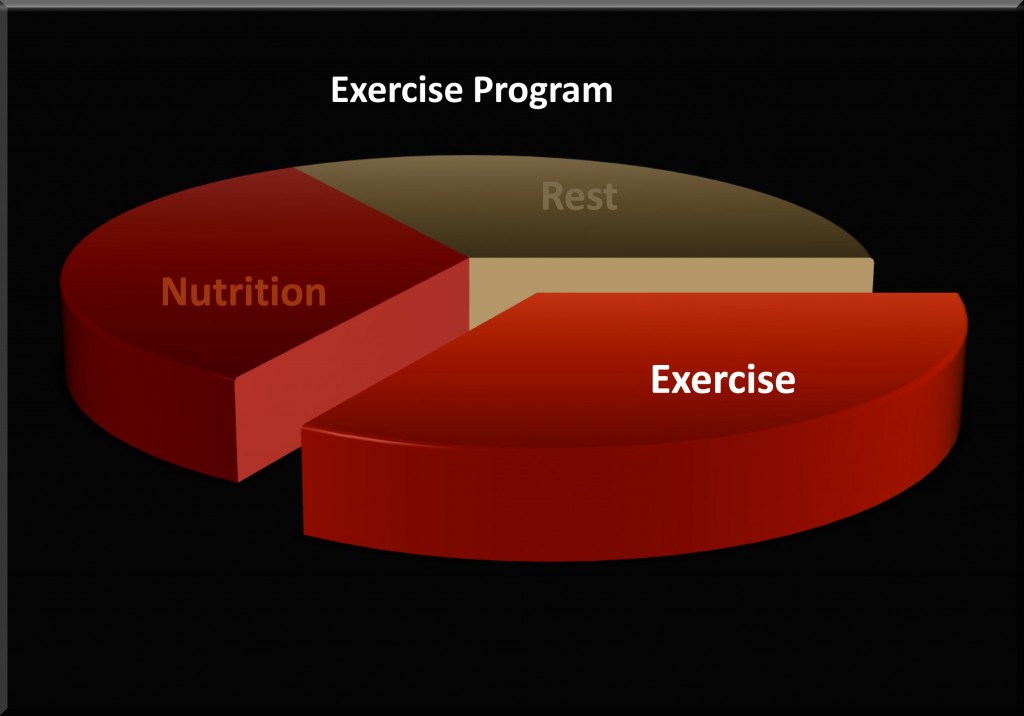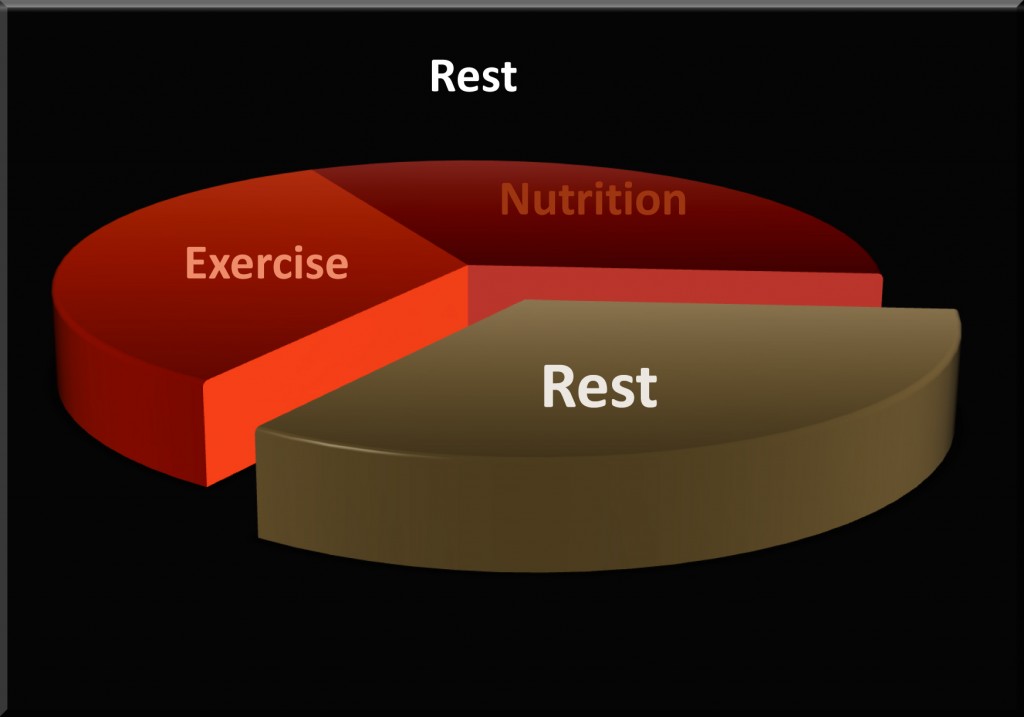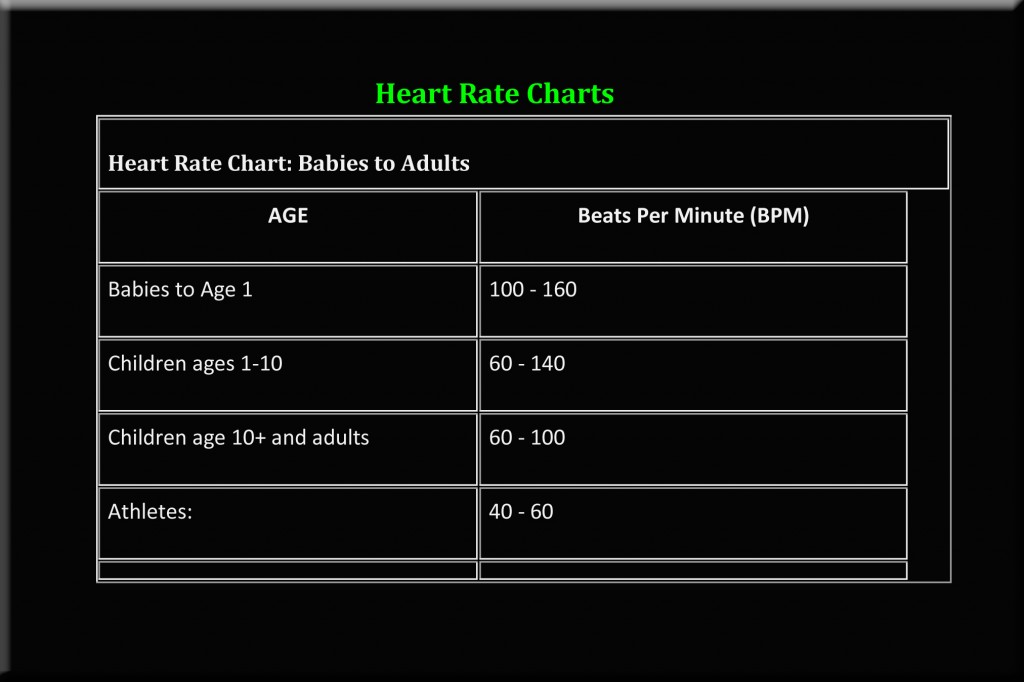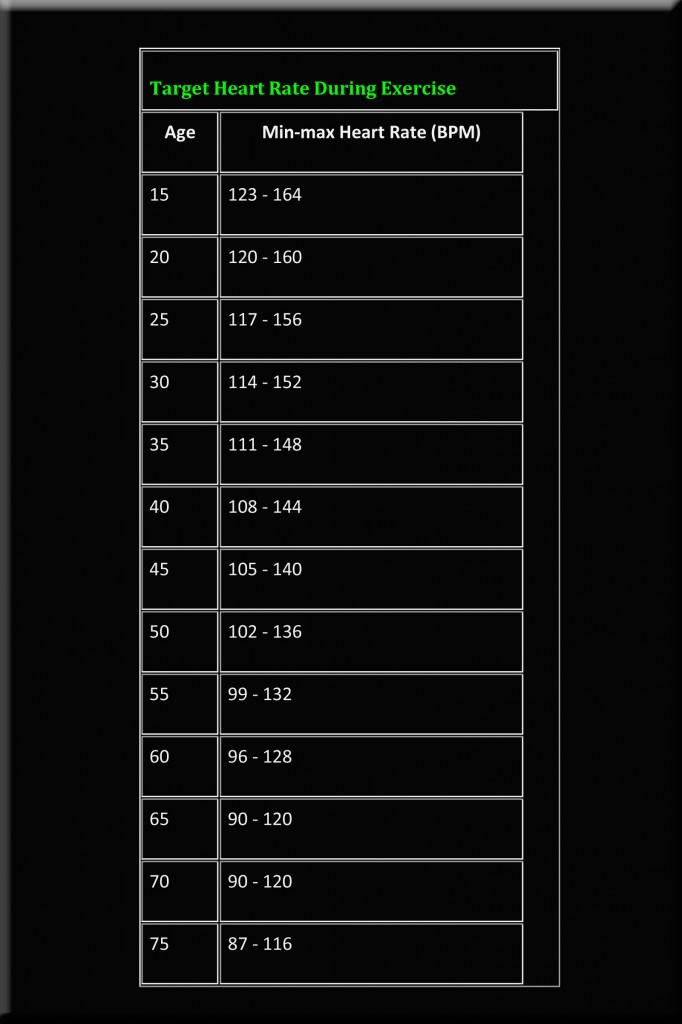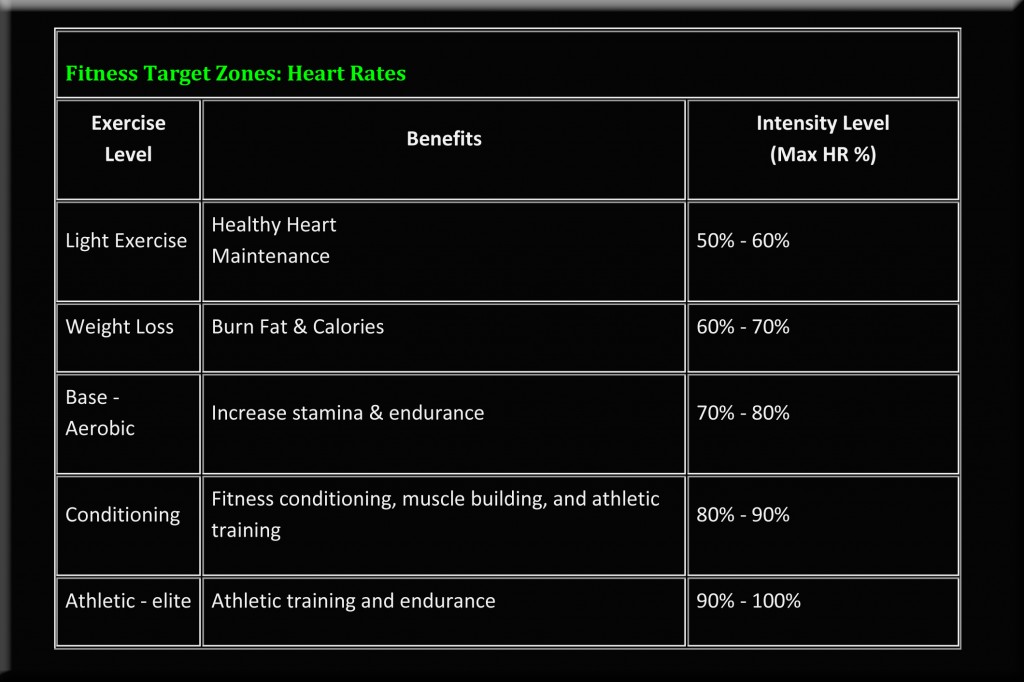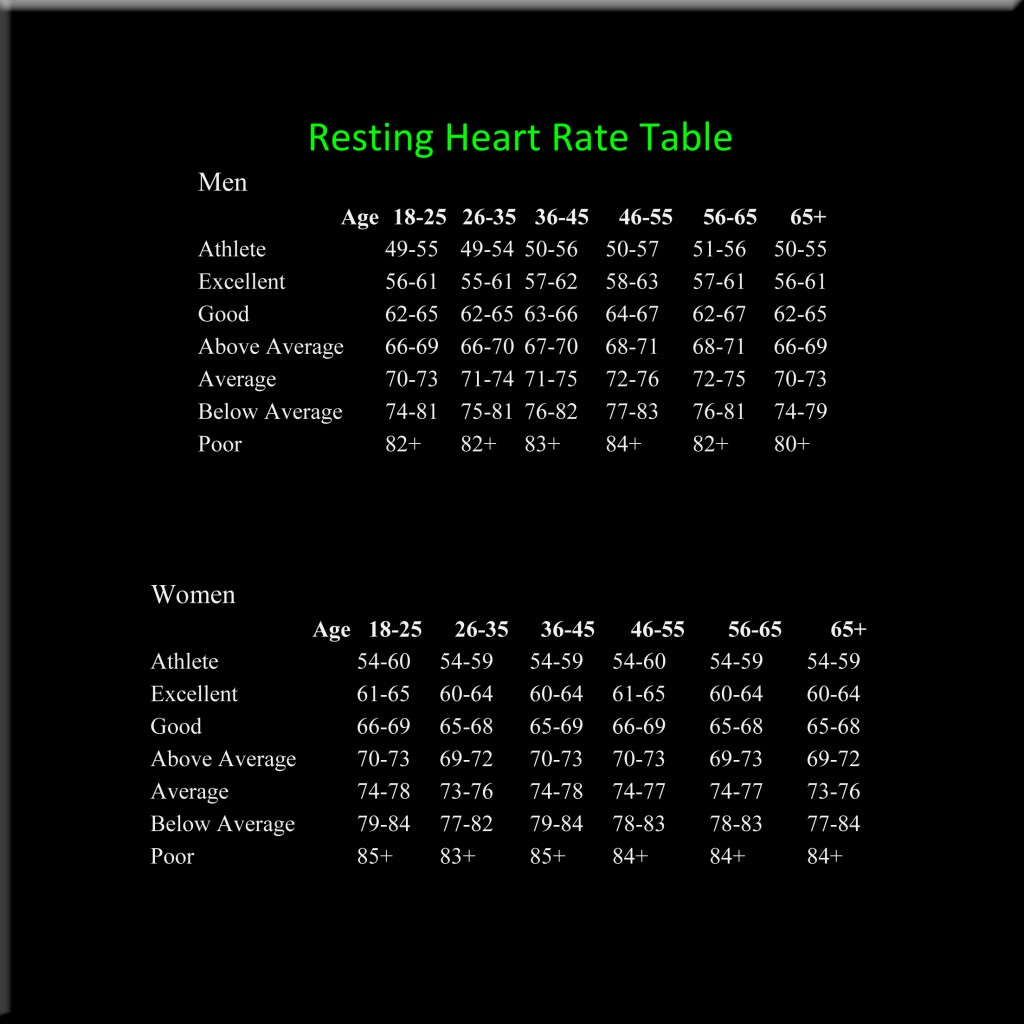Archive for the ‘Fitness’ Category
Heart Rate Q & A
Sat ,29/01/2011Learn more about heart rate basics and use these heart rate charts to help you understand and improve your overall cardio fitness. Understanding the different types of heart rates and what they represent, you can measure your overall cardio heart health.
Knowing how to measure a maximum heart rate, and understanding how a target your heart rate zone while exercising can set the stage for successful weight loss, get the maximum benefits of any exercise regime and ultimately help you to understand the overall health of your heart.
Q: What is a heart rate?
A: The average number of heart beats per minute; a heart beat is when the heart contracts to pump blood thru your system.
Q: What is a resting heart rate?
A: Resting heart rate is the number of beats in one minute while you are at a complete rest state. Your resting heart rate indicates your basic overall heart health and fitness level. The more conditioned your body is, the less effort it needs to make to pump blood thru your body.
Q: What is a recovery heart rate?
A: This is the heart rate your body will drop to after two minutes, after stopping an exercise session. For instance you exercised for 30 minutes and your heart rate was at 155. Two minutes after you stopped exercising, your heart rate then decreased to 95. This recovery heart rate measure helps to evaluate your overall heart fitness level. Use this measurement to compare between exercise sessions
Q: What is a maximum heart rate?
A: A maximum heart rate (Max HR) is the highest number of beats your heart contracts during a one minute measurement. Max HR is a useful tool to measure training intensities and typically is used to measure or predict the level of exercise. It’s always good to measure your Max HR while doing exercises to ensure you stay within a safe range or use it to measure if the exercise is actually working well enough to raise your heart rate to acceptable ranges and levels.
Q: How do I measure a Max HR?
A: The best method of determining your individual maximum heart rate is to be clinically tested and monitored on a treadmill. This is called a treadmill stress testing and is done by a cardiologist or certified physical therapist. Based on your age and physical condition, a formula is used to predict your Max HR. The other method is by using an age-predicted maximum heart rate formula:
WOMEN: 226 – your age = age-adjusted Max HR
MEN: 220 – your age = age-adjusted Max HR
Example: If you are a 30-year-old woman, your age-adjusted maximum heart rate is 226- 30 years = 196 bpm (beats per minute).
*note that this formula allows you to estimate your Max HR. Be sure to consult with your exercise trainer and doctors for the most effective rates that are customized to your health.
Q: What is your heart rate reserve?
A: The heart rate reserve is the difference between your Max HR and your Resting HR. For instance, if your Max HR is 150 bpm and your resting HR is 65, this means your heart rate reserve is 95. (150 – 65 = 95)
Q: What is a safe heart rate?
A: Your “safe heart rate” is a heart rate that is prescribed to help moderate and supervise your exercise training so that you don’t overdo it. This range is typically about 60% of the maximum heart rate and helps to reduce the amount of stress on the heart while gaining good effects of exercise. This is especially important if you have a heart condition or just starting an exercise regime.
Q: What is a target zone?
A: A target zone is a heart rate range that helps you maintain an intensity level while you work out. There are different target zones for different types of athletes and levels of exercise you are following. Target zones typically correspond with a specific exercise goal and helps to effectively grade if an exercise is actually working for you or overworking you.
Select which level represents your physical condition and then locate the Heart Rate Zones for your age from the Target Heart Rate Chart. For Example: if you want to burn fat to lose weight, select your favorite exercise and keep within 60-70% of your maximum heart rate, based on your age, for at least 30 minutes a day, 3 times a week.
Printable Version>>> CLICK HERE
_____________________________________________________________
Resting Heart Rate Chart
Sat ,29/01/2011L-Glutamine As a Suppliment
Thu ,18/02/2010Glutamine
Of all the amino acids that can be taken separately, none come close to generating the potential of L-Glutamine. Under Normal circumstances the body can synthesize sufficient L-Glutamine from other amino acids to meet physical demands, but under some conditions the body cannot do so. Recently, L-Glutamine has come to be regarded as one of the most important of the amino acids when the body is subjected to stress such as trauma, cancer burns, and intense exercise! Under these conditions, L-Glutamine becomes an essential amino acid, and it is therefore very important to consume sufficient amounts to meet the increased physical demands created but these situations.
For Body Builders, glutamine’s primary benefit is to keep the body in a positive nitrogen balance. Body building or not, everyone wants to remain healthy, and besides being a necessity in muscle building, glutamine is also a primary ingredient in many of the immune system’s potent germ fighters. As long periods of intense workout can depress the immune system, athletes will be wise to supplement with glutamine. The fact that amino acid also boost muscle-tissue synthesis is a bonus. The normal dosage of glutamine taken by body builders and other athletes is 5-10 grams per day.
(from Wikipedia, the free encyclopedia)
Glutamine (abbreviated as Gln or Q) is one of the 20 amino acids encoded by the standard genetic code. It is not recognized as an essential amino acid but may become conditionally essential in certain situations, including intensive athletic training or certain gastrointestinal disorders. Its side-chain is an amide formed by replacing the side-chain hydroxyl of glutamic acid with an amine functional group. Therefore, it can be considered the amide of glutamic acid. Its codons are CAA and CAG. In human blood, glutamine is the most abundant free amino acid, with a concentration of about 500-900 µmol/l.
Examples for the usage of glutamine
In catabolic states of injury and illness, glutamine becomes conditionally-essential (requiring intake from food or supplements). Glutamine has been studied extensively over the past 10–15 years and has been shown to be useful in treatment of serious illnesses, injury, trauma, burns, and treatment-related side-effects of cancer as well as in wound healing for postoperative patients. Glutamine is also marketed as a supplement used for muscle growth in weightlifting, bodybuilding, endurance, and other sports. Evidence indicates that glutamine when orally loaded may increase plasma HGH levels by stimulating the anterior pituitary gland. In biological research, L-glutamine is commonly added to the media in cell culture.

